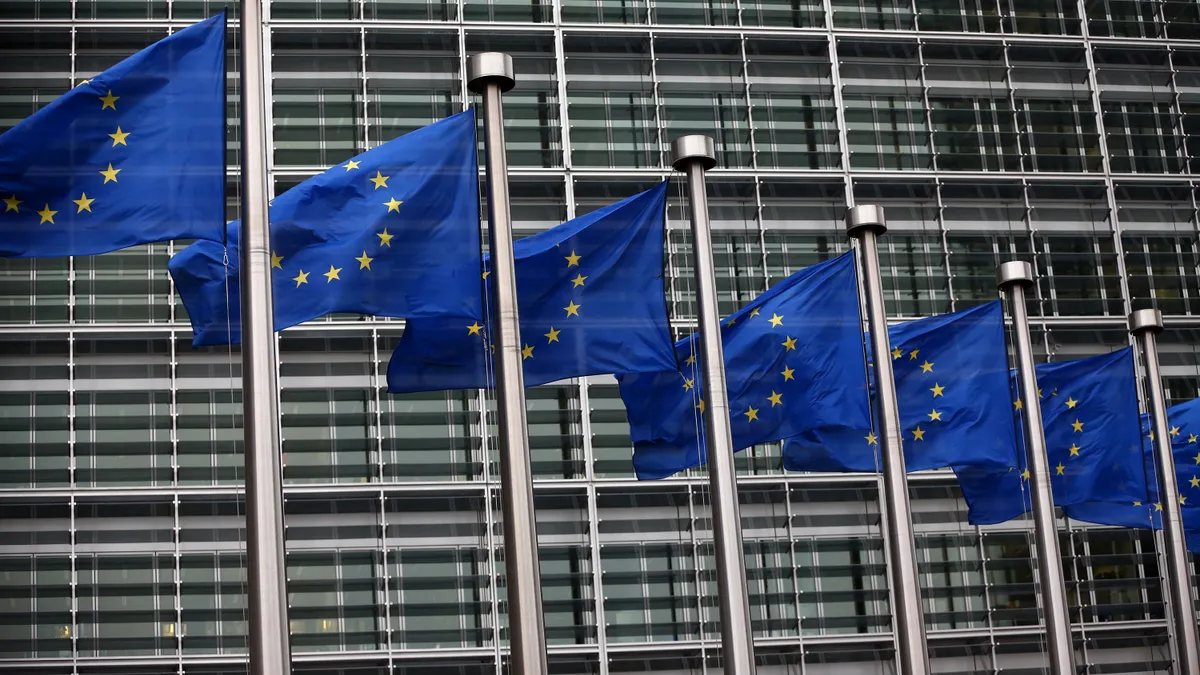Dive Brief:
- Senseonics has received a CE mark for its six-month Eversense E3 continuous glucose monitoring implant, positioning its commercial partner to start selling the device in the third quarter.
- Ascensia Diabetes Care, which signed up to sell Eversense in 2020, will distribute the diabetes device in countries including Germany, Italy and Spain, where it has been laying the groundwork for launch through sales conferences and changes to its distribution model.
- Having seen the number of installed patients on its three-month device fall to 3,200 by the end of 2021, Senseonics is looking to its longer-lasting successor to re-energize its fight for a market dominated by larger businesses such as Abbott Laboratories and Dexcom.
Dive Insight:
Senseonics has endured a tough couple of years, with changes to its deal with Roche stopping sales of the device and driving the company to consider strategic alternatives in 2020. An attempt to turn the business around got started early this year when the FDA approved the six-month version of the CGM implant, only for a 2022 sales forecast that was around half of what analysts expected to immediately overshadow the landmark.
In the first quarter, Senseonics reported sales of $2.5 million. The company still forecasts revenues of $14 million to $18 million for the year. A launch in Europe in the third quarter could help accelerate sales.
Ex-U.S. markets have traditionally been important contributors to sales at Senseonics. Last year, the U.S. accounted for 19% of total revenues at the company, a percentage that is in line with Senseonics’ results in 2020 and 2019. Ascensia, a blood glucose monitoring business that paid $80 million for a distribution deal, will lead marketing and sales of the device.
“Ascensia is implementing important strategic changes and investments to provide the higher touch patient and [healthcare provider] experience required for CGM commercialization,”Senseonics CEO Timothy Goodnow said in an investor call last month. “Another important aspect of serving the European market is being successful with competitive tenders in the different countries, and Ascensia continues to optimize their tender preparation process based on experience with Eversense.”
For example, the CEO said Ascensia has gone to national sales conferences to make launch preparations and design targeting initiatives. Ascensia is also moving away from an indirect distribution model in Germany and establishing an internal sales specialist team to support patients. The goal is to have “greater control and visibility of the sales process,” Goodnow said.
A fast start in Europe could add to momentum that Senseonics has begun to build in the U.S.
“Commercial payor coverage is progressing smoothly, with some early wins already and management now expecting the majority of coverage could transition over the next couple quarters. Medicare coverage could also be secured in the next few months,” BTIG analysts wrote in a May 10 note.
With Ascensia handling the launch, Senseonics is now looking to a next-generation device. The company shared data on the use of Eversense for up to one year at the American Diabetes Association’s 82nd Scientific Sessions ahead of the planned start of a pivotal trial in the fourth quarter.











